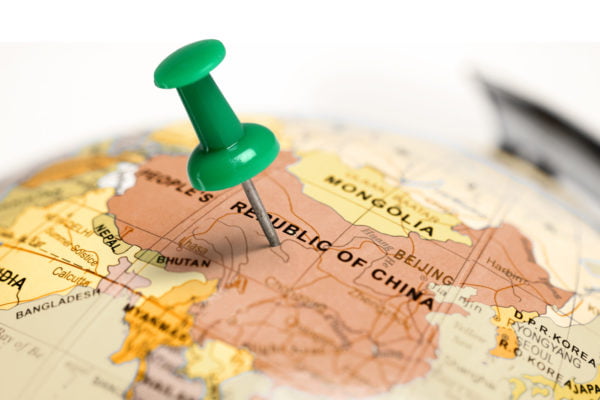Published June 2, 2016
By Jim Serstad
Managing Director, Asia, Tompkins International
It is common to treat China as an independent network in distribution network design. However, this approach should change.
Given the size and complexity of China, it seems reasonable to optimize it as an independent network from inbound port to customer. However, as China becomes more inter-connected with the rest of Asia, it is no longer so simple. There are more nodes that connect China to the rest of Asia, which means more opportunities for cost savings and lead time improvement.
The reasons project teams treat it separately are often very practical: project scope and timeline, data availability, and sometimes simply because the project budget owners are China-based managers. Setting aside these reasons, consider how China should ideally be viewed in the context of an Asian network. Multiple port alternatives, cross-border ground transportation, and free trade agreements should all be considered.
Multiple Ports of Entry. The argument for multiple ports includes risk mitigation – as the Tianjin port explosion reminded us – and the savings generated by ocean versus ground shipment. It might be preferable to ship by ocean directly to a northern port than by ground from, say, Shanghai. This argument will inevitably occur between APAC freight managers, who want to avoid breaking shipments, and China distribution managers, who want to reduce their domestic transportation cost. The answer is not always easy, multiple ports should be investigated. The selection of ports is inherently tied to the overall Asia network, if not the global network. Inbound freight cost and lead time needs to be part of the decision.
Ground Transportation. As sourcing migrates out of China, there is an increasing opportunity for ground transportation from southeast Asian sourcing countries back into China. With truck transportation being possible from Singapore into China, southeast Asia could be included in the same network with China. For shorter distances or for time-sensitive goods it might make sense to consider ground transport. In particular, Hong Kong and Macau will be increasingly integrated with the Pearl River Delta region. Improvements, such as the Hong Kong-Zhuhai-Macau bridge, scheduled to open in 2017, should provide further incentive to investigate savings and lead time improvement in the region.
Free Trade Agreements. Finally, the proliferation of free trade agreements and the implementation of preferential duties over the next several years are breaking down some of the barriers that typically separate markets in Asia. If your company has an Asia distribution center in certain countries such as Singapore or Malaysia, then store-ready orders could be picked there, while still achieving preferential duties on many goods. This works because the China-ASEAN FTA allows for back-to-back certificates of origin for goods from ASEAN countries, though in most cases you will need to specify the destination country at the time of shipping from the country of production. Nevertheless, this significantly reduces the number of lanes which need to be direct-shipped from vendors in order to get preferential rates.
Considerations of multiple ports, increased cross-border ground transportation, and, free trade agreements, China network design should be well-integrated with the rest of Asia. If your Asia network is due for an update, which is probably is, Tompkins International is ready to help.
More Resources:



